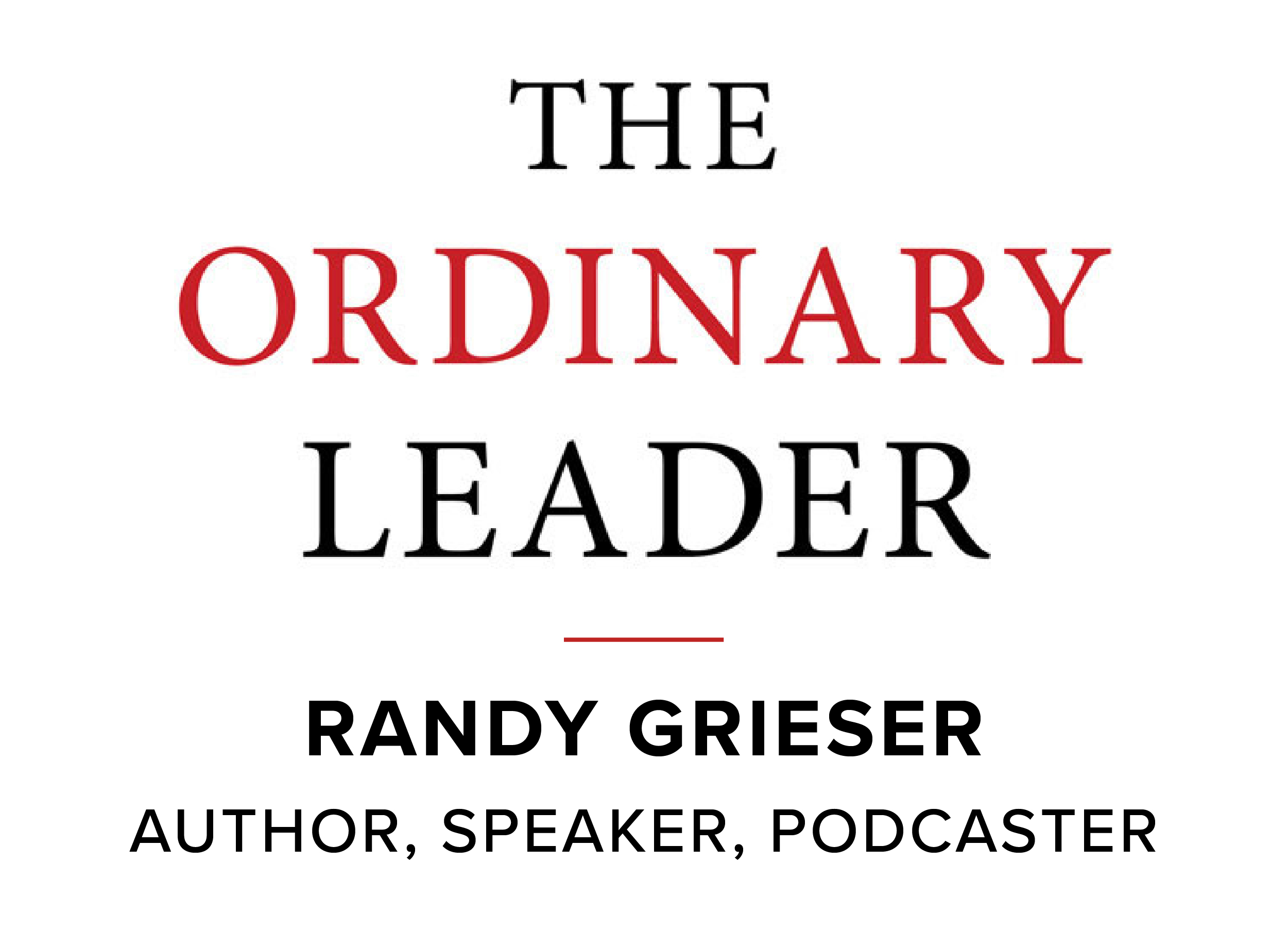Following are some recent comments from our staff about what working in a healthy workplace means to them:
“I previously worked in an unhealthy organization and found that regardless of the task I was doing, it was miserable being there. Happiness at work is not as much about the work as it is about being respected by your co-workers and supervisors.”
“Coming from an organization that was toxic, working in a healthy organization makes me actually want to come to work. I am happy to pick up extra tasks or work a little longer because I like what and whom I’m working with.”
For the purposes of this article, my use of the term organizational health refers to the emotional well-being of people, as opposed to physical, financial or strategic health of an organization. Signs of healthy organizations include high degrees of morale, satisfaction and productivity. Signs of unhealthy organizations include internal politics, dysfunction and high conflict.
The Cost of Unhealthy Organizations
Most everyone I know has, at some point, worked in an unhealthy organization – many still do. Far too many times I hear friends or participants in one of my workshops commiserating about working in such organizations. As much as some try to make light of their plight (my counselling background sees this as a way of coping), it is hard to deny the impact of an unhealthy workplace.
Employees of such organizations eventually see work as only a means to an end – a paycheque. Motivation is low and productivity plummets. At worst, an unhealthy organization contributes to mental health and personal problems that have a lasting impact beyond the organization’s walls. The human costs of unhealthy workplaces are severe.
And that is just the human expense.
The financial costs for an organization are real as well. While identifying the exact cost is difficult, the impact on the bottom line is undeniable. Employee turnover, wasted time and diminished quality of products and services are just some of the costs of poor organizational health. Organizational health matters, and if the human factor is not compelling enough to convince you, then at minimum the financial impact should.
The Case for Prioritizing Organizational Health
A recent survey analysis of over 200,000 responses finds that 64% of employees do not feel they have a strong culture[1]; a focus on organizational health should be a priority for all leaders.
I know from experience that leaders have many priorities to juggle. Unfortunately, organizational health often takes a back seat to other items, such as finance, strategic thinking and marketing. Organizational health is something to get to when all that stuff is done. Making matters worse, leaders will sometimes triumphantly roll out one-off wellness activities, new swanky office furniture or “bring your pet to work” days. There is nothing wrong with these activities, but they are not to be confused with real organizational health.
One of the interesting things I have noticed, both in our own organization and in other organizations, is that when internal politics, dysfunction and conflict are minimal, working on high priority items is easier. When problems or crises occur, organizations rally and manage situations quickly and efficiently.
While it may seem counterintuitive, focusing on organizational health first makes the other tasks easier. Seeing the link between a healthy workplace and productivity is helpful. Unlike so many other factors such as government policy, consumer trends and the economy, organizational health is something we have control over.
The Three Big Culprits of Poor Organizational Health
Based on our own experience and consulting work with other organizations, the three most frequent culprits causing unhealthy workplaces are disrespect, conflict and poor leadership.
Culprit #1 – Disrespect
Disrespect is any comment or behaviour that causes offence to another, such as putting others down, verbal abuse, avoiding/ignoring, bullying and negative body language. Respect, on the other hand, is when people treat each other with consideration and regard. When people respect each other they safeguard the dignity of co-workers. Respect encompasses more than restraint and putting up with certain people or behaviours. Respect also entails welcoming differences and recognizing that they contribute to a vibrant workplace.
When it comes to issues of respect and disrespect, it is the impact of our actions that matters, not our intentions. An individual may have no intent to be disrespectful, but if he or she is experienced as disrespectful, then the behaviour is disrespectful. If our intent was not malicious but the effect was negative, we are responsible to acknowledge, apologize and change our behaviour, even when we meant no harm.
Culprit #2 – Conflict
Conflict is unavoidable. It is inherent within all organizations and all human relationships. Conflict is not the same as disrespect, although people may behave disrespectfully when in conflict. There are many sources of conflict, including disagreements, personality clashes and differences of opinion. When workers share a high level of trust and strong communication, conflicts are usually easily navigated and resolved. However, small conflicts can quickly escalate when there is a breach of trust, miscommunication or misinterpretation of words or actions, or people exhibit a lack of interpersonal and problem-solving skills.
While organizations should work to equip employees with conflict resolution skills, they should not attempt to stop disagreements or differences of opinion. Although perhaps counterintuitive, it is in times of disagreement that real innovation can occur.
There is both healthy and unhealthy conflict. Healthy conflict is beneficial when it is focused on issues, not people. Unhealthy conflict focused on people and personalities can spiral out of control and immobilize an organization. In our consulting work we have seen time and time again how unhealthy workplace conflict evolves to such a level of toxicity that employees stop sharing relevant information, spend more time gossiping than working, and try to personally sabotage workplace goals.
Culprit #3 – Poor Leadership
Disrespectful behaviours and poor ways of managing conflict are unfortunately sometimes modeled by management. Some organizations either directly or indirectly encourage behaviours that lead to disrespect and unhealthy conflict. They may do this because they feel such environments “increase our competitive edge” or that “survival of the fittest ensures that our employees are the best of the best.” These beliefs are not only short-sighted, they are wrong!
A Better Place to Work
To achieve maximum success, organizational health must be a key focus of leadership. It takes hard work and requires constant attention, but the payoff is worth it. Healthy organizations are simply better places to work!
Randy Grieser, Author & Speaker
To be notified about a new blog post, subscribe to Randy’s newsletter, and follow him on LinkedIn, Facebook, and Twitter.
© Randy Grieser
Content of this blog may be used, provided that full and clear credit is given to Randy Grieser.
[1] TINYpulse 2014.




